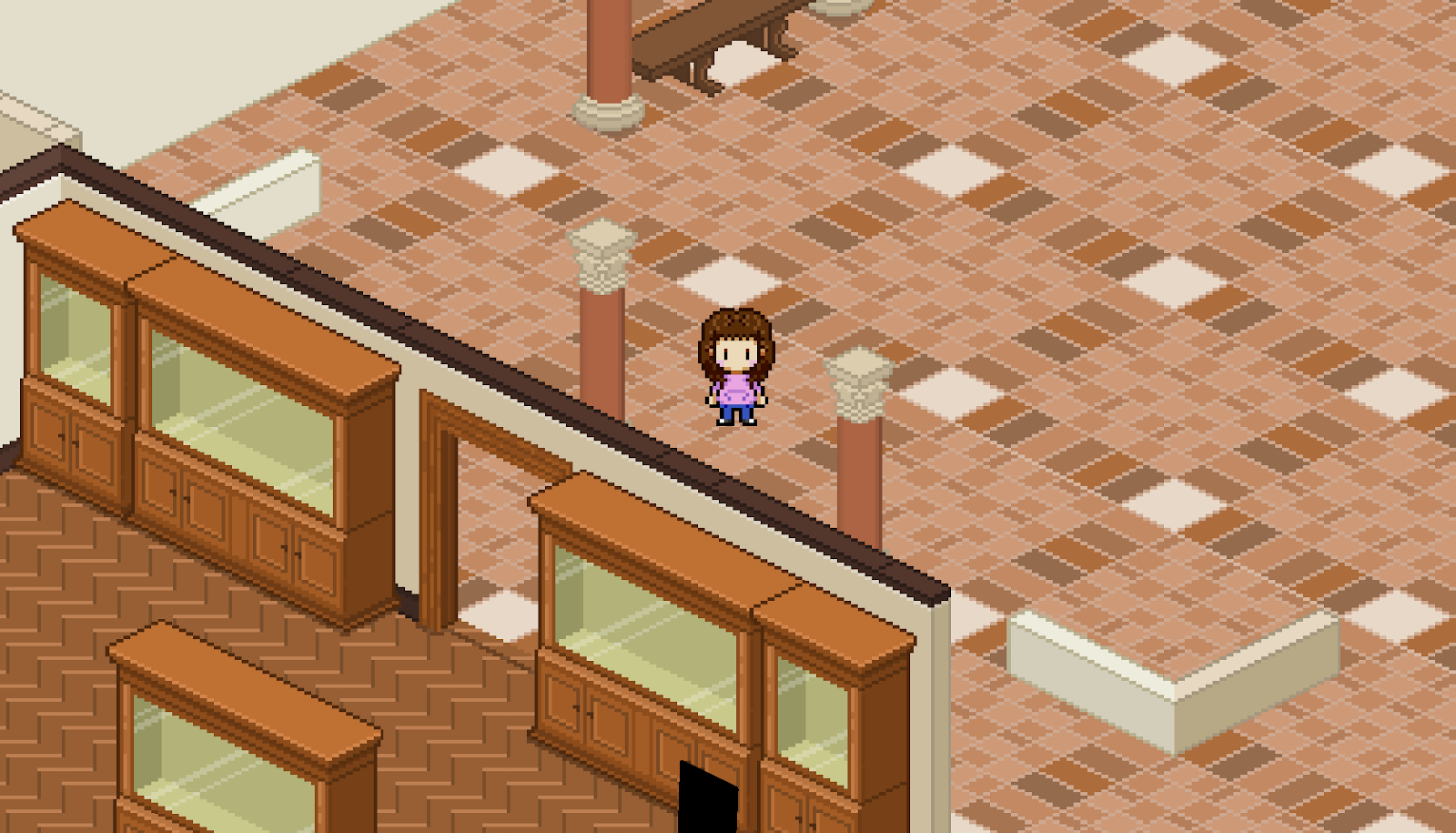
Museum Game Research and Development
Contributors: Oscar Davenport, Graham Lazorchak, Dan-Ha Le, Abby Lewin, Yen Mai, Amanda Rabin
Mentors: Emily Q. Wang, Emily French, Hannah Kinney
Dating, fighting, deceiving in the museum?! Games can mediate social interactions that would not happen in standard museum visits. When games activate museum objects or galleries, new social norms and modes of interaction transform museums into imaginative spaces. Through an interdisciplinary collaboration between Oberlin College’s Computer Science department and the Allen Memorial Art Museum, this lab brainstorms, prototypes, and playtests museum games, with curators as clients. This iterative design process empowers one of the museum’s core audiences –undergraduate Oberlin students– to invent new participatory frameworks, while inviting curators to rethink the museum, its collections, and how to engage audiences.
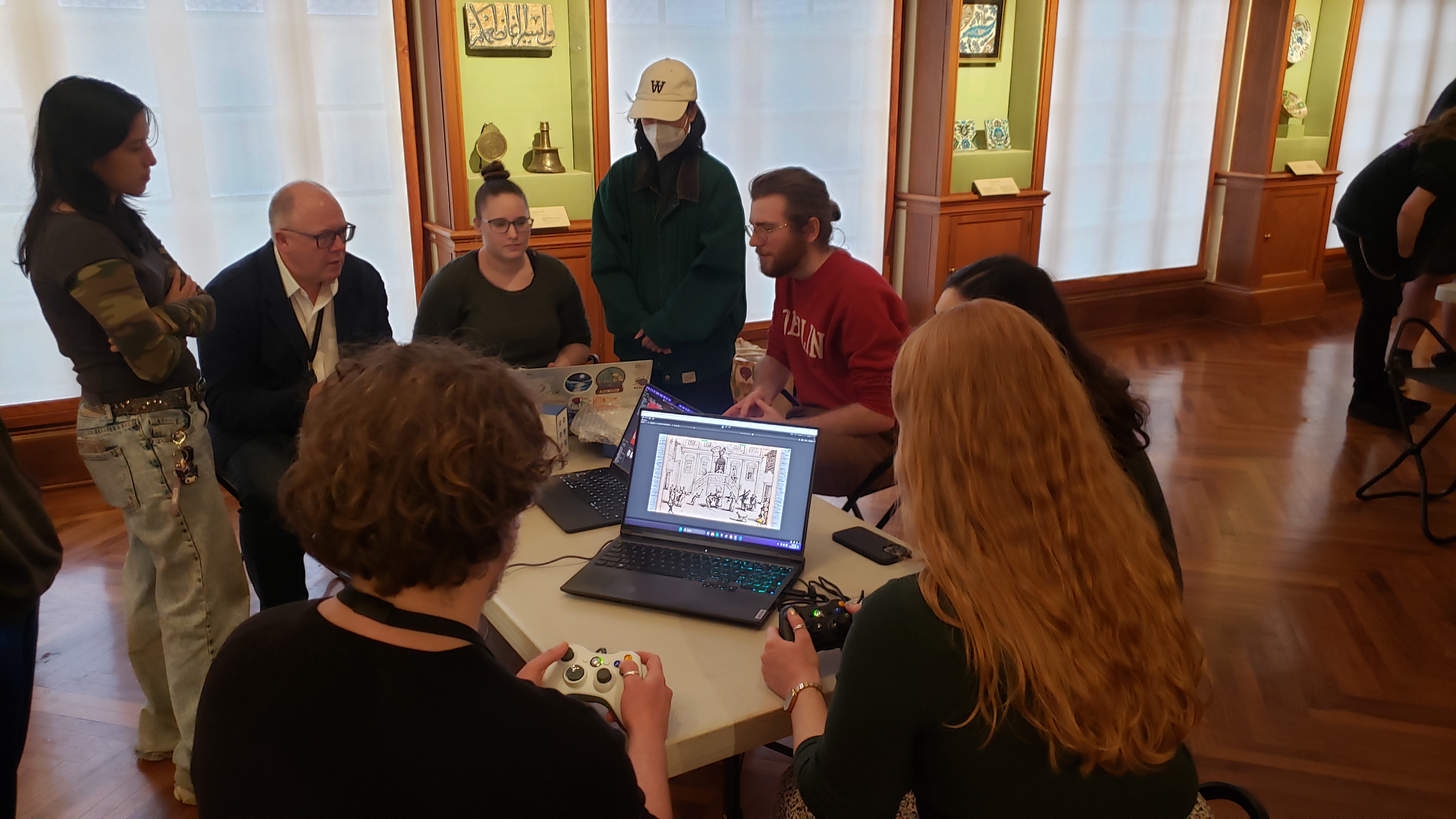
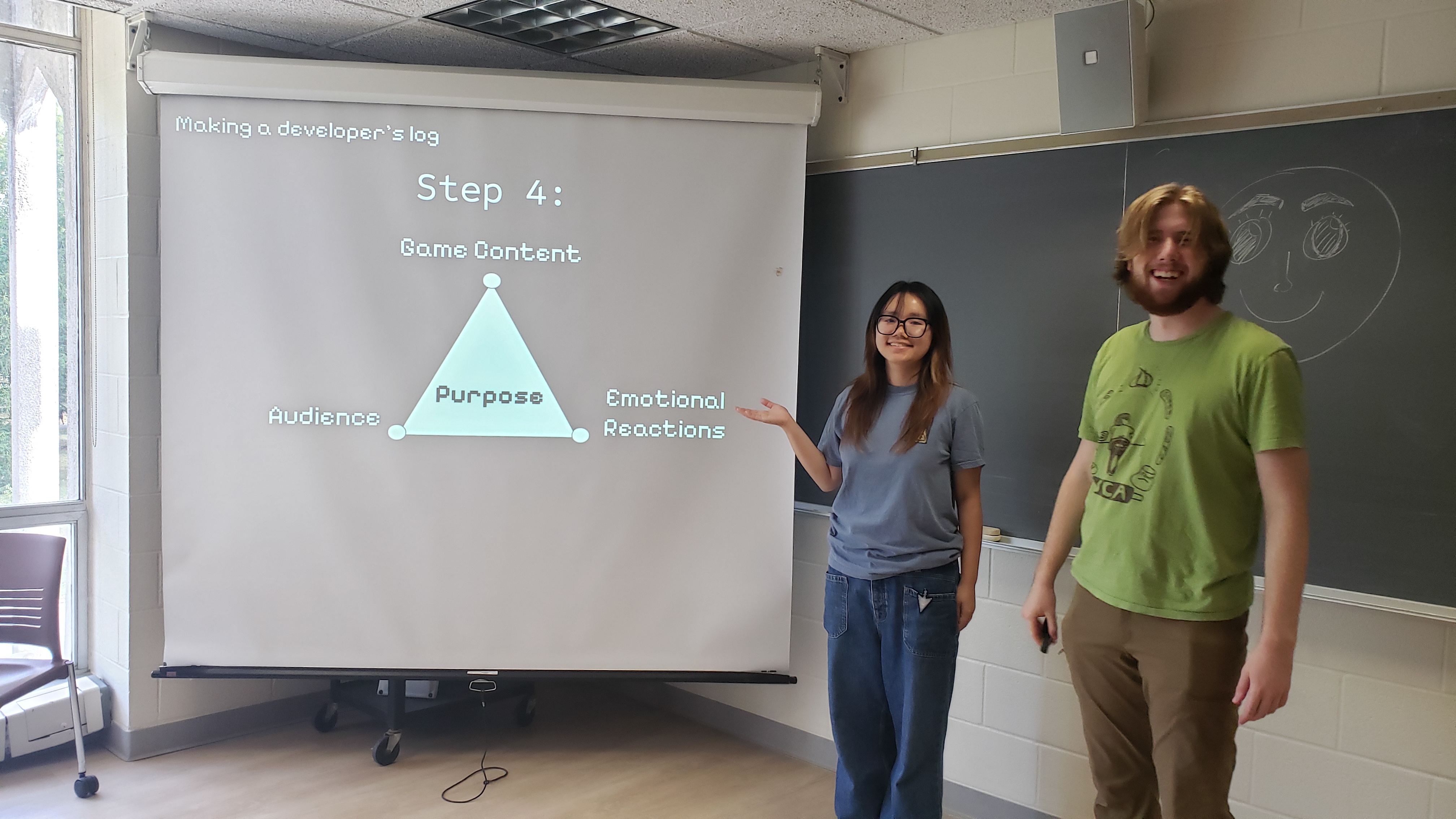
Computer Science 361 - Game Design
Instructor of Record: Emily Q. Wang
Teaching Assistants: Oscar Davenport, Dan-Ha Le
From digital to tabletop to spoken word, the design choices within game interfaces facilitate different possibilities for play. Working in groups, students will analyze, prototype, and test games across various genres. In-class instruction will focus on understanding the design choices within games, developing team management skills, and playtesting game prototypes in an iterative design process. In Fall 2024, students independently developed skills to implement games using the Unity game engine, and then teamed up to create original games based on semester-specific design prompts. The prompt for this semester was the museum, meaning that games must be multiplayer and based on objects from the Allen Memorial Art Museum. Visit the museum game jam's itch.io page to learn more and play web builds of the students' games!
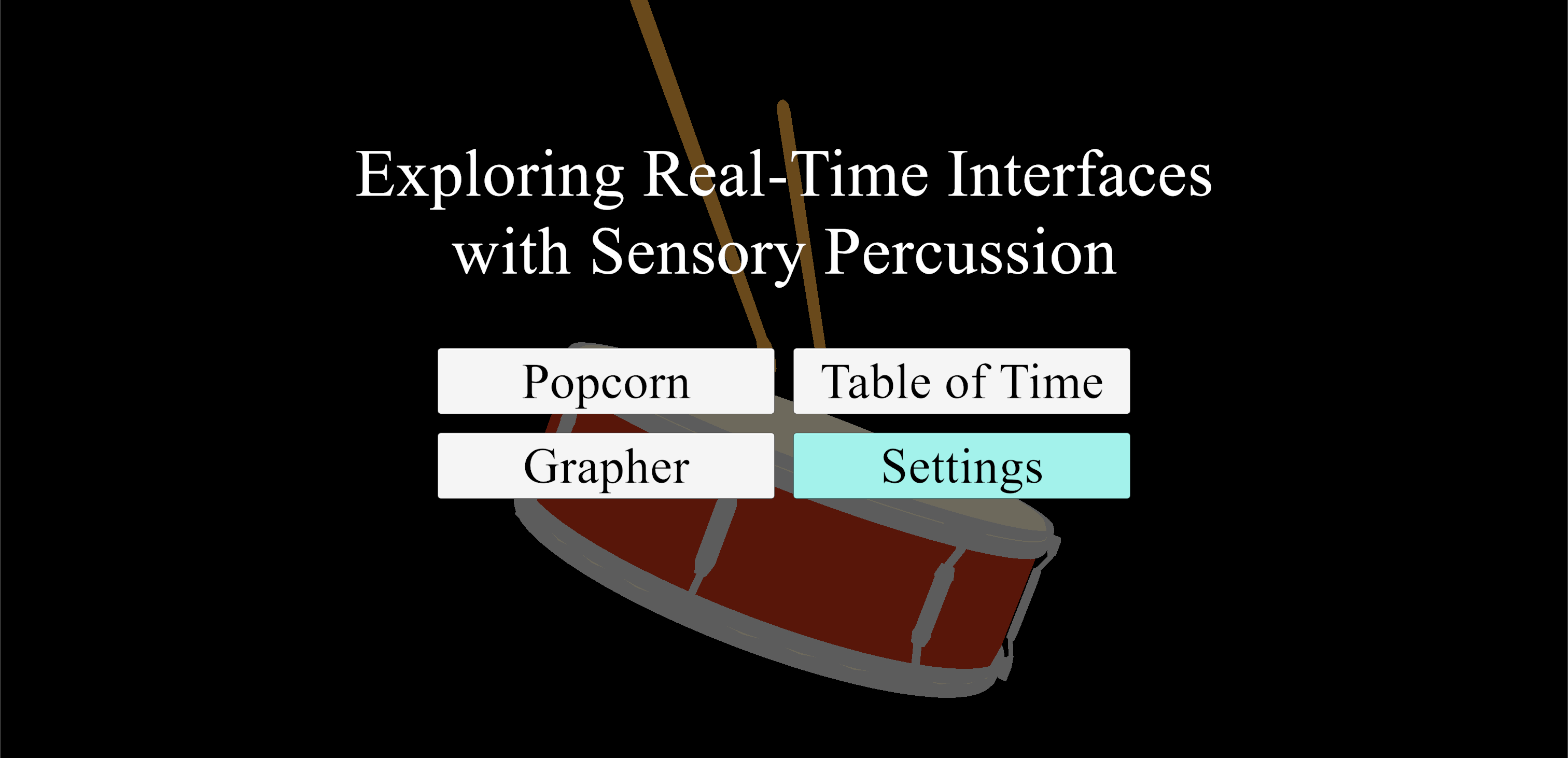
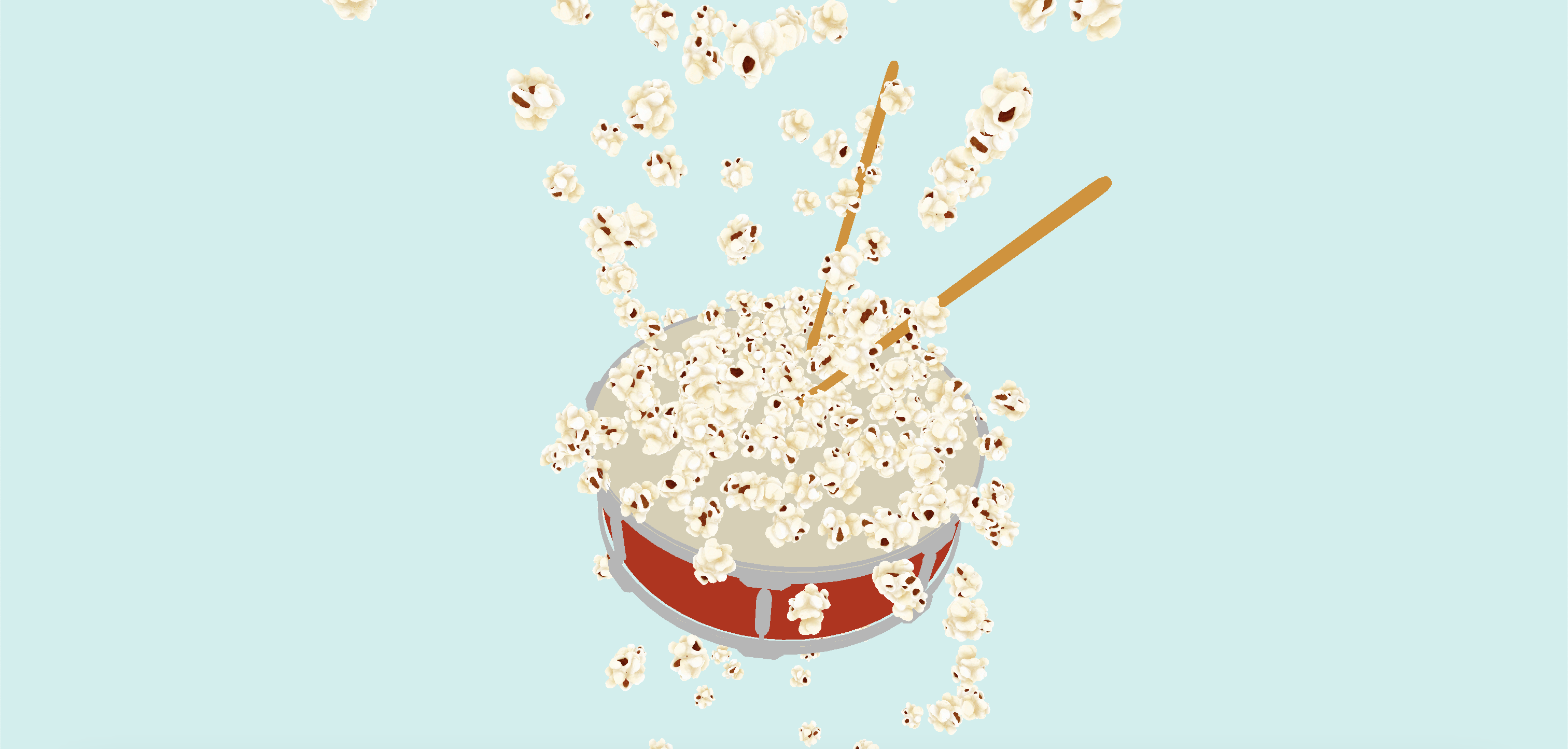
Instruments as Interfaces
Contributors: Graham Lazorchak
Mentor: Emily Q. Wang
Game engines play an important role in interactive media, providing scaffolding for user interfaces, physics systems, audio playback, and real-time rendering. In music-technology spaces, much of the emphasis has been on integrating game engines with audio through low-level synthesis or audio visualization. This project takes an alternative approach, exploring the potential of the instrument itself as a controller using Evans’ Sensory Percussion 2. Instruments as Interfaces investigates the intersection of game development, practice, and multimedia performance. We address the advantages and limitations of this relationship compared to existing tools in electroacoustic music, such as MaxMSP and Jitter. In doing so, we reimagine performer-audience relationships, using real-time interactivity to connect listeners more deeply with sound and art.
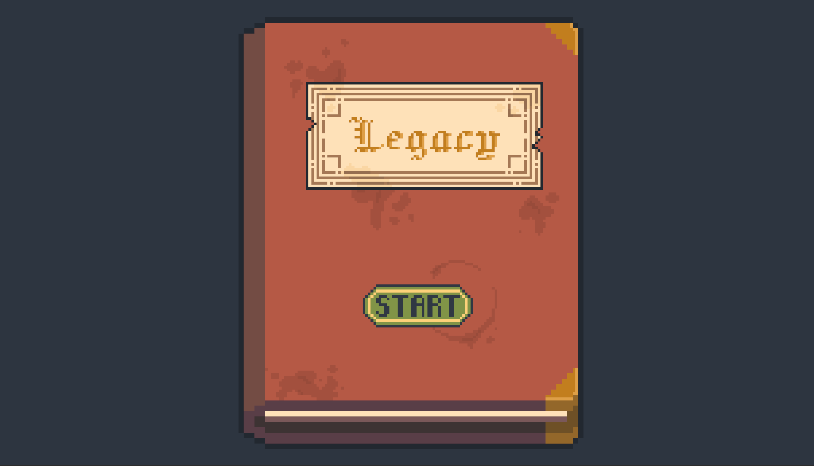
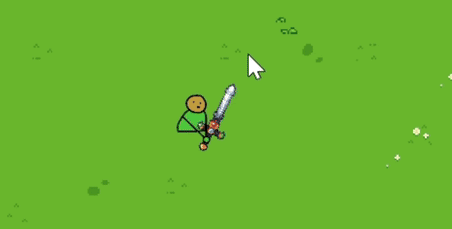
Game Jams
Contributors: Oscar Davenport, Graham Lazorchak, Dan-Ha Le, Abby Lewin
Mentor: Emily Q. Wang
Any playful design lab should make games together, shouldn’t they? Annnnnd, so we did! In Winter 2025, we participated in the Pirate Software Game Jam with the theme “You are the weapon.” We made a goofy, 2D, physics-based, sword fighting game called legacy: THOU ART SWORD. In classic game jam fashion, we stayed up all night on the last day. This was the first external game jam we participated in as a full lab, and the first video game product that our lab has shared publicly. It was an awesome opportunity for us to come together and collaborate on a single project. Visit the itch.io page to play the game!
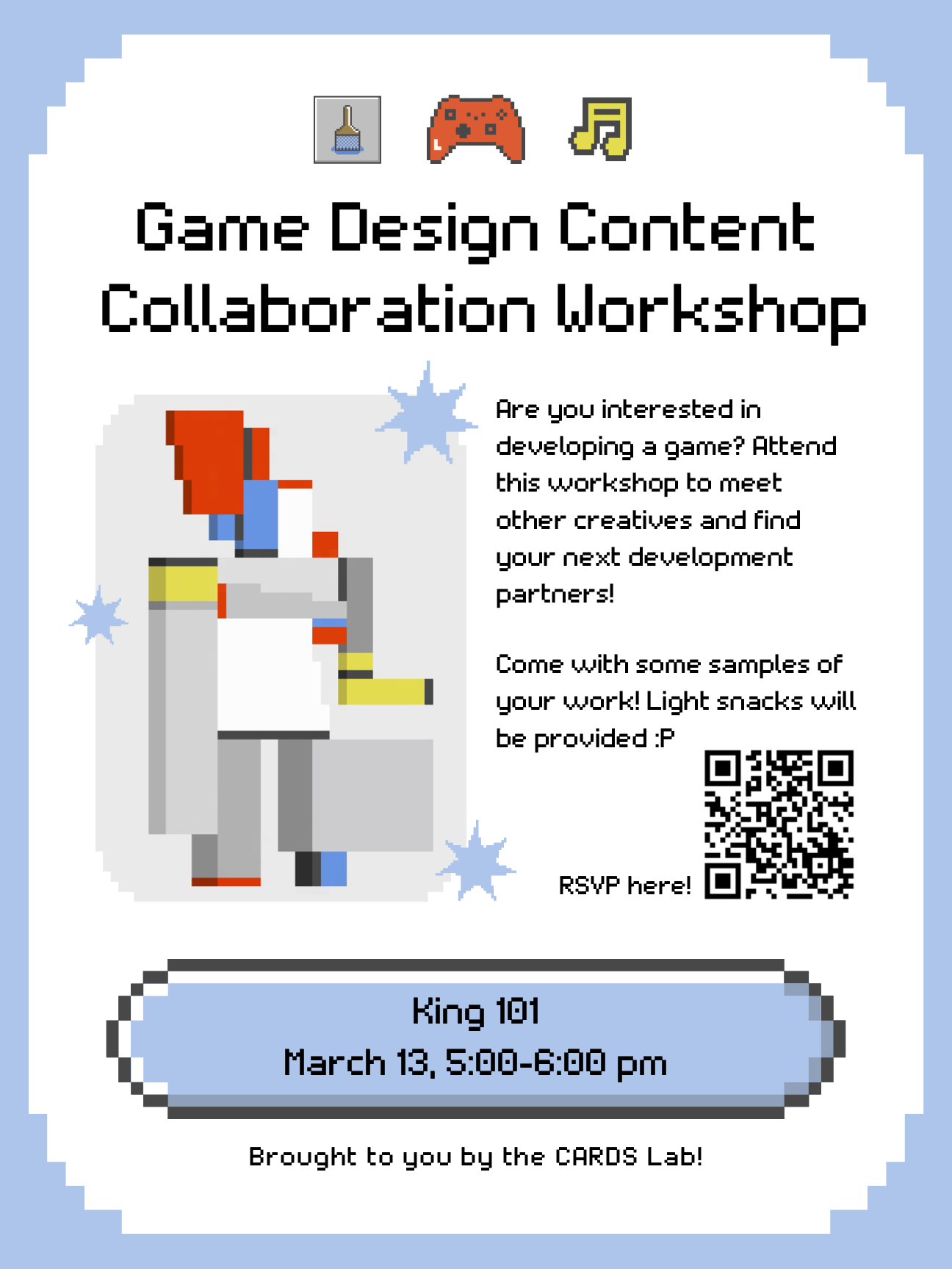
Game Design Content Collaboration Workshop
Contributors: Oscar Davenport, Graham Lazorchak, Amanda Rabin
Mentor: Emily Q. Wang
One of the lab’s goals is to promote interdisciplinary collaboration outside of the classroom. Given that many Oberlin students are interested in game design and development, the lab is piloting a series of workshops to connect creators across disciplines. The target audience for these workshops includes programmers, artists, composers, storytellers, and more. Through activities such as show and tell, speed dating, and playtesting, we foster collaborations for future projects and build a supportive community for game and content design.